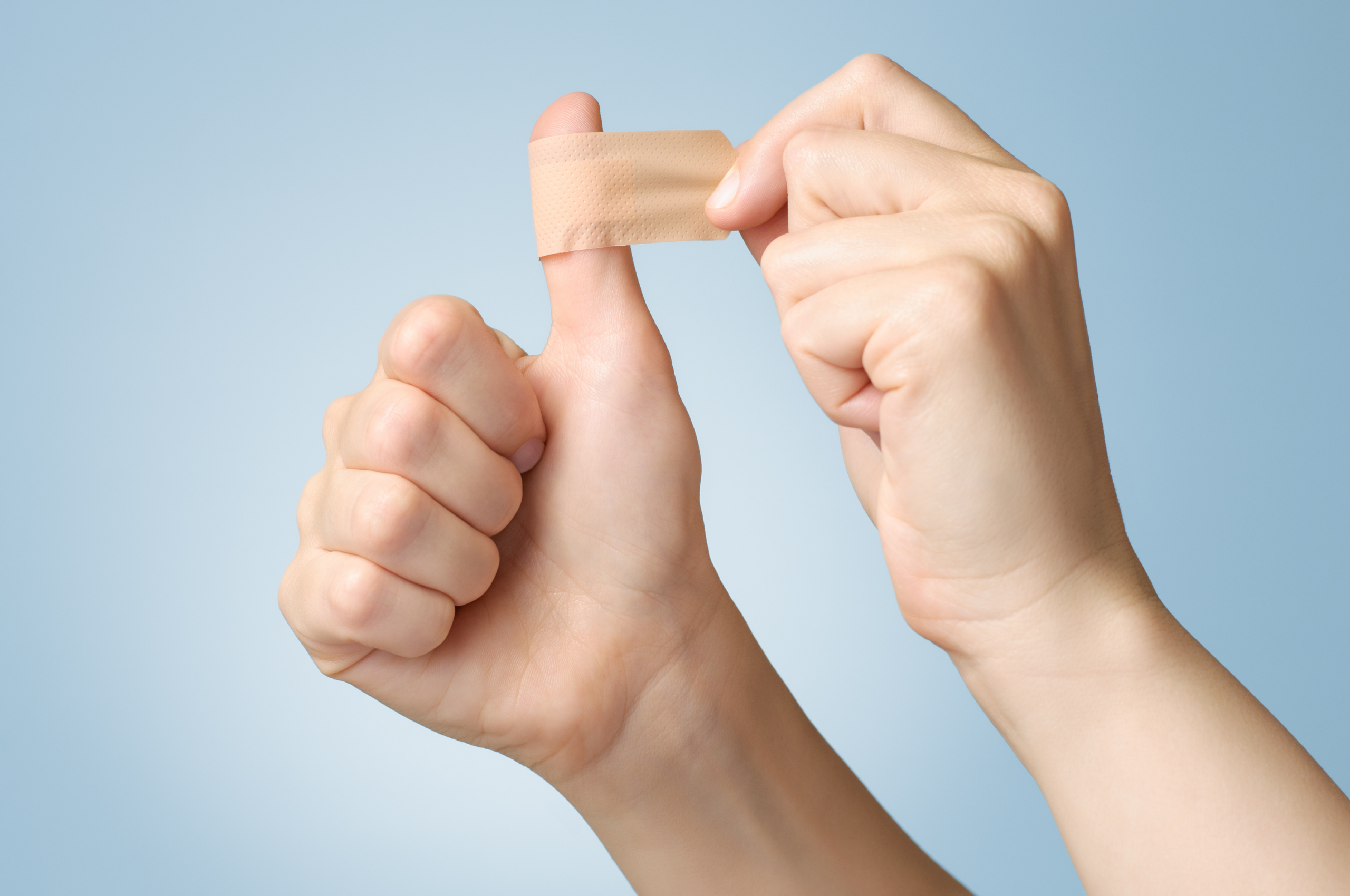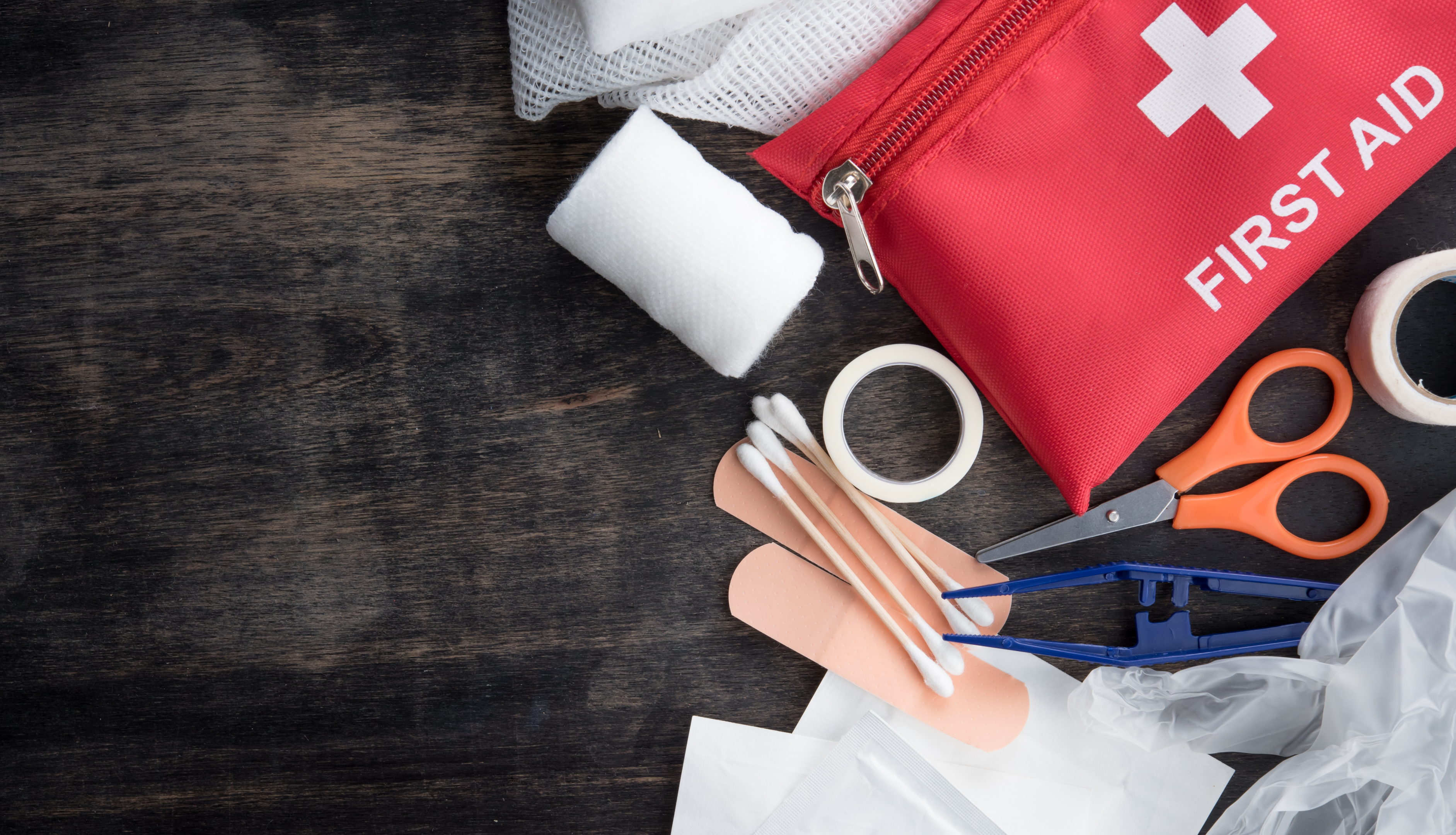Skin is the most versatile organ in the human body. It protects us from the sun’s rays, helps regulate moisture balance, and helps keep dirt and germs from entering our bodies. As the largest human organ, the skin also plays a vital role in maintaining our body temperature.
But unlike many other mammals that have tough skin, thick fur, or hard shells, our skin is relatively fragile. Even something as seemingly harmless as the edge of a paper can cut our skin. It gets scratched very easily and can get burned if we stay out in the sun too much.
Fortunately, our skin has a great capacity to heal on its own. You can treat some minor cuts and bruises at home. But more severe cuts and lacerations require urgent care treatment. If this treatment is delayed, complications can occur in the form of an infection. When that happens, the best thing to do is visit your nearest urgent care clinic.
In this guide we will explain everything you need to know about identifying infected cuts.
Prevention – How to Safely Take Care of Skin Cuts
There are some things you can do immediately after a cut to reduce the risk of wound infection. According to the American Academy of Dermatology, you should take these steps immediately after getting a cut anywhere on your body:
- Wash your hands thoroughly with soap or antibiotic handwash to disinfect them.
- Wash the skin around the cut using mild soap and cool/lukewarm water.
- Gently remove any dirt or debris on the surface of the skin or in the cut, using either tweezers or a soft cloth.
- If there is any bleeding, use a clean gauze or washcloth to apply pressure on the cut for at least two minutes.
- If the bleeding still does not stop, you probably need stitches. Visit your nearest urgent care clinic for quick treatment.
- If there is no bleeding, apply a small amount of petroleum jelly on the wound area. This will keep it moist and speed up the healing process.
- To protect the cut from dirt and dust, cover it with a bandage.
- Keep changing the bandage every 24 hours and reapply petroleum jelly.
- Try to keep the affected area covered until it heals completely.
Visit your nearest UrgentMED urgent care clinic if you haven’t had any recent tetanus shots. Cuts caused by dirty or rusty objects can lead to tetanus infections. If you are in pain, consider taking an over-the-counter pain killer like Acetaminophen.
Minor cuts should heal relatively quickly if you follow these steps; your skin should start healing within a week. Avoid the following common mistakes to reduce the risk of infection and speed up the healing process:
- Do not touch your cut with unwashed hands.
- Avoid hot or warm water when cleaning the cut.
- Do not use alcohol, hydrogen peroxide, hand sanitizers, or antibacterial/antiseptic soaps on the wound.
- Don’t apply topical antibiotics on the wound area as they can damage the skin.
After cleaning and bandaging your cut, proper maintenance is essential over the following days to prevent infection. Remove the bandages and clean the cut with lukewarm water and mild soap every day. Reapply fresh bandages often.
Sometimes, clear fluid may ooze out of your cut during the healing process. This is normal – your body is sending white blood cells to clean the wound from the inside. If everything goes well, you should see clear signs of improvement within a few days.
A scab will develop over the cut within 3-4 days. Do not pick or scratch it. The scab should fall off after about a week. You will see a new, healthy layer of pink skin underneath the scab, possibly with some light scarring.
Cuts That May Require Immediate Medical Attention at an Urgent Care Clinic
Some types of cuts carry a higher risk of infection or additional complications. In these cases you cannot rely on first aid and self-treatment at home. You should seek immediate medical attention in any of the following circumstances:
- The cut does not stop bleeding even after you apply pressure for 10 minutes
- The wound has jagged edges that do not stay closed.
- The cut is either long, deep, or a type of puncture wound
- A tiny object is embedded within the cut
- The cut was caused by animal or human bites
- The cut is located on your face, ankles/joints, or the genital area
In these situations, you should seek medical attention immediately. You may require stitches, professional wound cleaning, special bandages, and additional medication and vaccines. Your nearest UrgentMED urgent care clinic can provide medical attention for almost all types of wounds and injuries that are non-life threatening.
What Are the Signs of Wound Infections?
Examine the wounded area closely before applying your bandage each day. You can usually spot an infection by certain clear symptoms in the skin around the cut. There are five main signs that your cut is infected:
- You experience a fever (temperature reading above 100.4F)
- You can smell a foul or rotten odor coming from the cut.
- You can see small amounts of blood or yellow-green pus coming out of the wound.
- The area of skin surrounding the cut is noticeably warm to touch and looks red and swollen.
- You feel long-lasting pain around the cut, which may get worse.
When to See a Doctor or Visit Your Nearest UrgentMED Urgent Care Clinic
If the cut shows no signs of healing and you start experiencing any of the complications listed above, it’s a good idea to get the cut checked out by a healthcare professional. Once you get an infected wound, the symptoms will slowly spread to the surrounding area and then to the rest of your body.
If you experience the following symptoms after 1-3 days of treating the wound at home, it’s time to get the cut looked at by a qualified doctor at an UrgentMED urgent care clinic:
- Redness that spreads outwards from the cut, often in visible streaks on the skin
- High fever, chills, body aches, and a general sense of fatigue or illness
- Increasing pain and aches around the cut
In people with lighter skin tones, the infection will usually appear as red patches or streaks. On people with darker skin tones, this can have purple or gray hues.
These are all signs that the infection is spreading beyond the cut into nearby tissue. You should seek medical help immediately, as even minor untreated cuts can lead to major complications.
How Does a Doctor Treat an Infected Cut?
To treat an infected patient, doctors will rely on a combination of options, which may include:
- Prescribing antibiotics to counter the infection
- Applying special wound dressing/stitches using medical glue
- Administering a tetanus shot or other vaccine
- Cleaning the wound using a technique called debridement
Possible Complications of Untreated Minor Wound Infections
The vast majority of infections in cuts and wounds are caused by bacteria. This is due to the fact that many diseases causing bacteria occur naturally on plants, in dirt, water, rust, and our general surroundings and skin.
A cut creates an opening for the bacteria to get inside our body and into the bloodstream. Left untreated, even minor wound infections can have the following complications:
- Cellulitis – This is very painful bacterial infection of the tissue underneath the skin. The swelling and redness described in previous sections are early symptoms of cellulitis. It can also cause fever and nausea. If left untreated, this can escalate into more severe bacterial infections.
- Osteomyelitis – If the bacteria makes its way to the nearest bone instead of skin tissue, you can get a bacterial infection on your bone. Osteomyelitis is very uncomfortable and comes with fever, swelling, and body pain.
- Sepsis – This is a life-threatening condition that develops when an infection is left untreated anywhere in the body. Once the bacteria enters your bloodstream, it may trigger an extreme reaction in your body, eventually causing death by organ failure.
- Necrotizing fasciitis – This is a rare but deadly infection that is popularly called the “flesh-eating disease.” It can spread very quickly to your skin tissue and causes massive damage. Doctors often have no option but to surgically remove the dead tissue.
Some People are at Higher Risk of Serious Complications After a Cut
Certain health conditions and treatments can increase your risk of getting a bacterial infection after a cut or scrape. They include:
- Type 1 and Type 2 Diabetes
- Old age, generally above 65
- Being obese or overweight
- A weakened immune system, often due to cancer treatment, HIV, or steroid medications
If you suffer from any of these risk factors, you should not wait for any potential complications to arise. Get the infected cut checked by an UrgentMED urgent care clinic physician immediately and follow their guidance to ensure it heals properly.
Patients Trust UrgentMED for the Treatment of Skin Cuts, Tears, and Abrasions
UrgentMED provides highly accessible and well-equipped urgent care clinics in Los Angeles and nearby areas of Southern California. For fast, affordable, and high-quality treatment for all cuts and wounds that are non-life-threatening, you should visit your nearest UrgentMED clinic. No prior appointments are required, and you can be assured of very little to no waiting time. You can walk in during our business hours which also extend to weekends.


